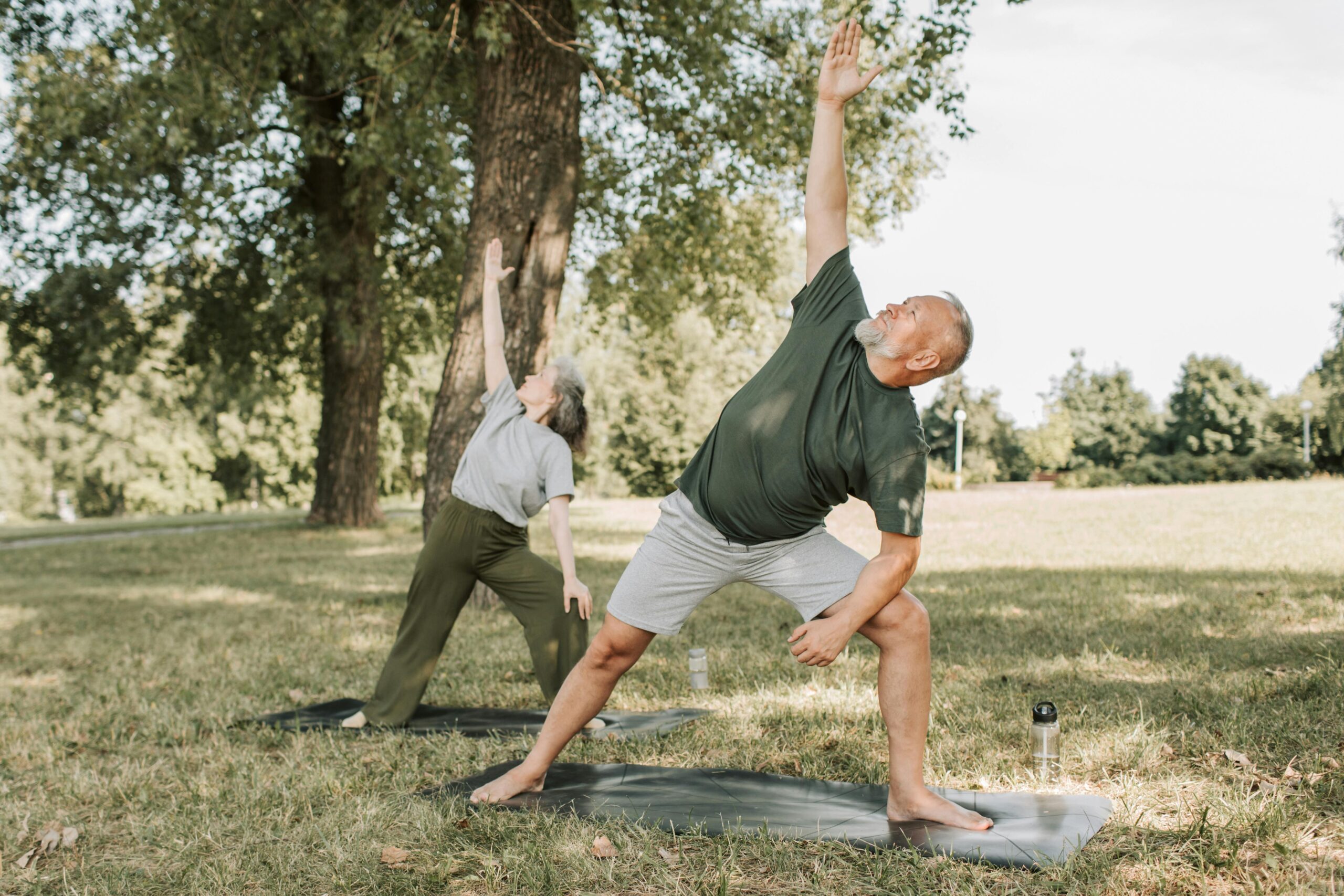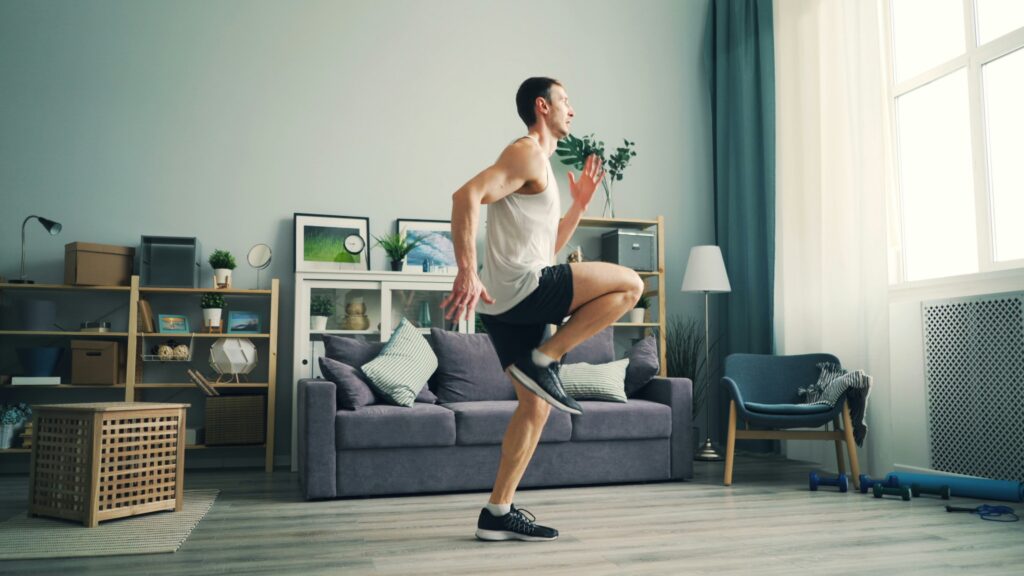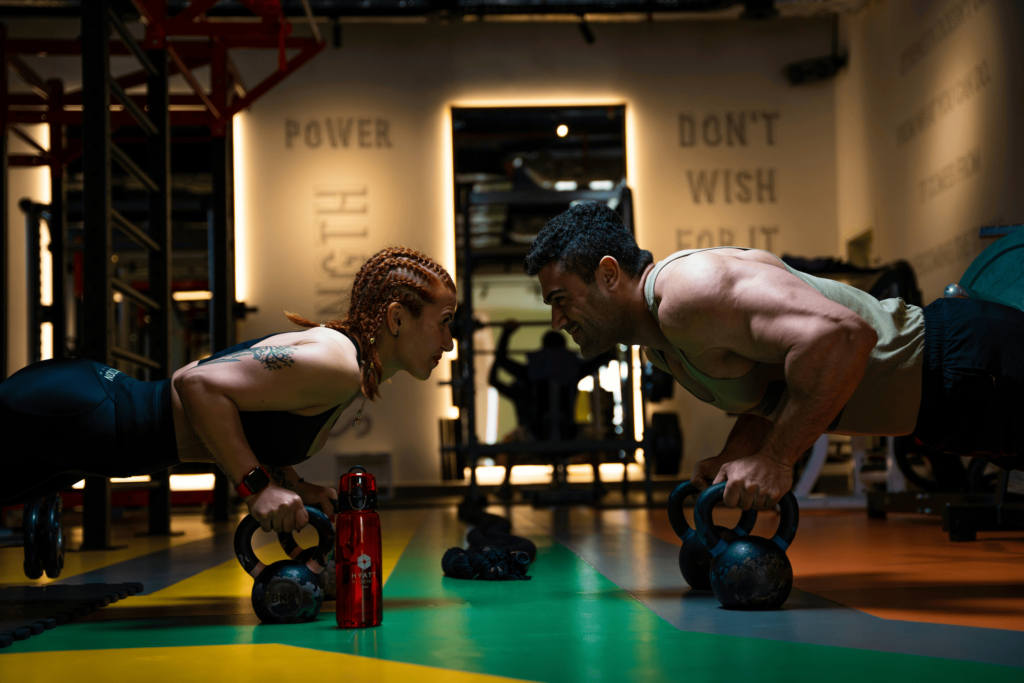Maintaining a strong core is essential for seniors, as it plays a crucial role in balance, posture, and overall mobility. A weak core can lead to poor posture, an increased risk of falls, and difficulty performing daily activities. Engaging in low-impact core exercises for seniors can help improve strength and stability without putting undue stress on the body.
The following senior-friendly core exercises are easy to perform and can be done seated or standing. They focus on improving abdominal strength, coordination, and flexibility while reducing the risk of injury.
Before beginning any new exercise routine, consulting with a healthcare professional is always a good idea.
Why Core Strength Exercises Are Important for Seniors
As we age, our muscle mass naturally decreases, making it more difficult to maintain stability and perform everyday tasks. Core strength is vital for seniors because it supports almost every body movement. Strengthening the core can provide numerous benefits, including:
1. Improved Balance and Fall Prevention
Falls are the leading cause of injuries among older adults. A strong core helps maintain balance and stability, reducing the risk of falls and fractures.
Core muscles are vital in keeping the body aligned, controlling movements, and preventing sudden slips.
2. Enhanced Posture and Reduced Back Pain
Poor posture can lead to chronic back pain and stiffness. Core exercises help align the spine, improve posture, and reduce pressure on the lower back. Strengthening these muscles can alleviate discomfort and promote better mobility.
3. Increased Independence in Daily Activities
Everyday movements, such as bending down, standing up, reaching for objects, or getting out of bed, require core engagement. A weak core can make these activities more challenging, while a strong core allows seniors to maintain their independence longer.
4. Better Breathing and Digestion
The core muscles support the diaphragm, which is crucial in breathing. Strengthening the core can improve lung capacity and make breathing easier. Additionally, a strong core helps with digestion by promoting better posture, reducing bloating, and supporting abdominal organs.
5. Protection Against Injuries
A strong core stabilizes the entire body, reducing the strain on other muscles and joints. Core exercises lower the risk of injuries, especially in the lower back and hips, by improving stability and coordination.
6. Support for Other Forms of Exercise
Whether it is walking, stretching, or light resistance training, core strengths enhance overall fitness performance. Seniors who regularly engage in core workouts for the elderly often find other physical activities more manageable and enjoyable. Incorporating these low-impact core exercises into a regular routine can help seniors experience significant improvements in their strength, mobility, and overall quality of life.
Now, let’s explore some simple yet effective senior-friendly core exercises that can safely be performed at home.
Core Strength Exercises Recommended for Seniors
| Exercise | How to Perform | Benefits |
| Seated Knee Lifts
This is a low-impact core exercise for seniors. It only requires minimal effort but provides significant benefits. |
|
|
| Seated Torso Twists
This exercise helps maintain mobility in the core workouts for the elderly and prevents stiffness. |
|
|
| Standing Side Leg Lifts
For seniors who struggle with standing exercises, this can be done with slight chair support. |
|
|
| Pelvic Tilts
This exercise helps in maintaining core strength for seniors without excessive movement. |
|
|
| Seated Marching
This senior-friendly core exercise can be performed as a warm-up or a daily movement practice. |
|
|
| Bird Dog (Chair or Standing Modification)
This low-impact core exercise for seniors improves overall functional strength. |
|
|
| Abdominal Bracing
This is one of the easiest core workouts for the elderly, providing maximum benefits with minimal effort. |
|
|
How Seniors Can Maximize the Benefits of Core Strength Exercises
To get the most out of these core strength exercises for seniors, it is important to approach them with consistency, proper form, and an awareness of personal limitations.
Here are some key tips to ensure a safe and effective workout experience:
- Start slow and progress gradually.
If you are new to core workouts for the elderly, begin with fewer repetitions and shorter durations. Increase the exercise intensity gradually as your strength and confidence improve. Listen to your body. Avoid pushing too hard to prevent strain or injury.
- Prioritize proper form over speed.
Performing exercises with correct form is more beneficial than doing them quickly. Engage your core muscles consciously. Think about tightening your abdominal muscles with each movement. If an exercise feels uncomfortable, modify it rather than forcing it through discomfort.
- Use support when needed.
If you have balance concerns, perform standing exercises next to a sturdy chair, wall, or countertop for support. Seated exercises are a great alternative for those with mobility issues.
- Focus on breathing.
Avoid holding your breath while exercising. Instead, follow a steady breathing pattern. Exhale during exertion, for example, while you are lifting a leg or twisting your torso. Proper breathing improves oxygen flow, reduces dizziness, and enhances endurance.
- Stay consistent for long-term benefits.
Aim to perform these exercises at least three to four times for noticeable improvements. Remember, consistency is key. Small efforts over time lead to better balance, strength, and posture. Pair core exercises with light cardio, such as walking, to enhance overall fitness.
- Modify exercises based on comfort level.
If a particular movement is difficult, you can try a modified version, like performing a seated version of a standing exercise. Avoid exercises that cause sharp pain or discomfort by adjusting movements as necessary. However, if you experience persistent pain, consult a doctor or physical therapist.
- Stay hydrated and take breaks.
Drink water before and after exercising to stay hydrated. Take short breaks between exercises to avoid fatigue. Do not rush through your routine! Allow your body time to recover between movements.
- Engage in full-body wellness.
Combine core exercises with gentle stretching to improve flexibility. Maintaining a nutrient-rich diet with sufficient protein, calcium, and vitamin D supports muscle and bone health. Get adequate sleep and rest, as recovery is essential for muscle strength.
- Track your progress and celebrate small wins.
Keep a log of your exercises and gradually increase reps or duration. You will notice improvements in your posture, mobility, or ease of performing daily tasks.
Celebrate progress! Whether it is holding a pose longer, improving balance, or reducing back pain.
- Consult a healthcare professional when needed.
If you have existing health conditions, always check with a doctor before starting a new exercise routine. Ask about modified exercises that suit your needs, especially if you have arthritis, osteoporosis, or chronic pain.
Physical therapists can provide personalized guidance to ensure safe and effective movements. By following these tips, seniors can build strength safely and effectively, enhancing their overall quality of life.
Consistency, patience, and mindfulness make these low-impact core exercises for seniors a sustainable part of daily life.
Final Takeaway
A strong core is vital for seniors to maintain balance, mobility, and independence. These senior-friendly core exercises are easy to do at home and require little to no equipment.
Whether seated or standing, low-impact core exercises for seniors can significantly improve stability and reduce the risk of falls. Adding these simple movements to a daily routine can improve strength, flexibility, and overall well-being.
Start small, stay consistent, and enjoy the benefits of better core strength.


